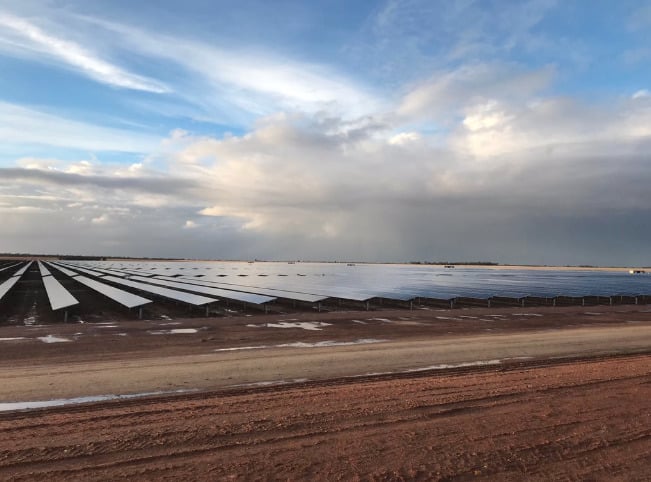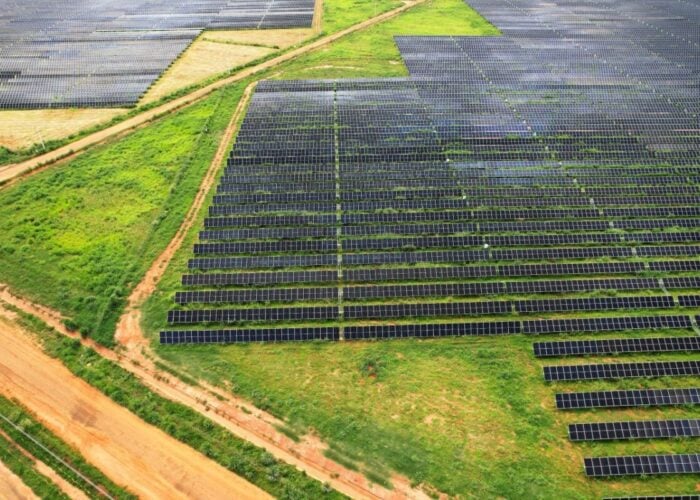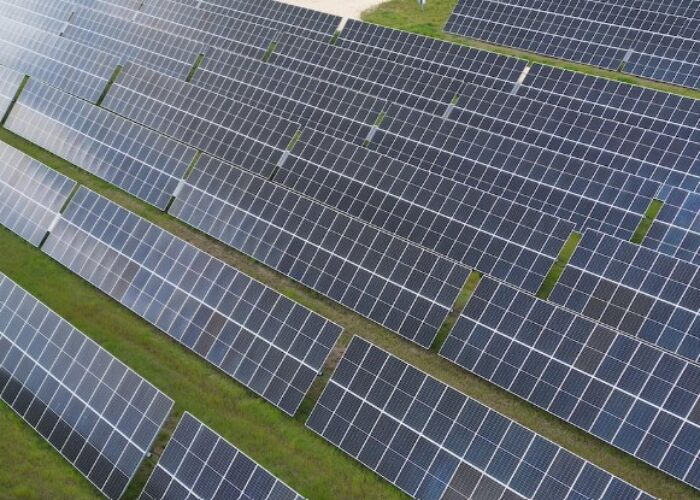
Australia has opened registrations for Capacity Investment Scheme (CIS) Tender 7, which targets 5GW of renewable energy generation capacity across the National Electricity Market (NEM).
The tender represents the latest round in Australia’s flagship renewable energy support mechanism, administered by AusEnergy Services Limited (ASL) on behalf of the Australian government. Bids opened yesterday (14 October) and will close on 9 December 2025.
Try Premium for just $1
- Full premium access for the first month at only $1
- Converts to an annual rate after 30 days unless cancelled
- Cancel anytime during the trial period
Premium Benefits
- Expert industry analysis and interviews
- Digital access to PV Tech Power journal
- Exclusive event discounts
Or get the full Premium subscription right away
Or continue reading this article for free
CIS Tender 7 seeks renewable energy generation projects that can deliver long-term revenue support through the government’s capacity investment framework, with successful proponents receiving Capacity Investment Scheme Agreements (CISAs).
These agreements provide revenue certainty by underwriting projects against agreed-upon revenue floors and ceilings, helping to attract investment by mitigating financial risk for developers. The scheme offers both generation and storage support, with successful projects receiving capacity payments that complement wholesale electricity market revenues.
The 5GW target spans multiple states and territories within the NEM. According to the indicative timeline published by ASL, successful bidders will be announced in May 2026.
The opening of Tender 7 forms part of the Australian government’s broader renewable energy acceleration strategy. The Department of Climate Change, Energy, the Environment and Water announced four new CIS tenders for 2025, including this NEM generation round and a subsequent dispatchable capacity tender scheduled to open in late November.
The tender follows the success of CIS Tender 4, which awarded 6.6GW of renewables across 20 projects, exceeding its 6GW target. That round proved highly competitive, attracting 84 bids representing 25.6GW of capacity, more than four times the available allocation.
Solar projects dominated Tender 4 outcomes, with 12 of the 20 successful projects featuring utility-scale solar PV. Eleven of these solar projects included battery energy storage systems, reflecting the growing trend toward hybrid renewable energy developments that can provide dispatchable capacity to the grid.
The tender guidelines specify that projects must demonstrate technical and financial capability to deliver the proposed capacity within specified timeframes. Eligible technologies include solar, wind and hybrid renewable energy systems, with battery storage components eligible for additional support under the scheme’s storage provisions.
The CIS scheme’s success has prompted discussions about its role in Australia’s transition to a renewable energy-dominated grid.
However, policy debates continue regarding the program’s long-term future. Some industry stakeholders have suggested that clean energy subsidies should be replaced with market-based incentives from 2030, as the renewable energy sector matures and grid integration challenges evolve.
For more information about the tender process and requirements, interested parties can access the full tender guidelines and registration details through the ASL tender portal.






